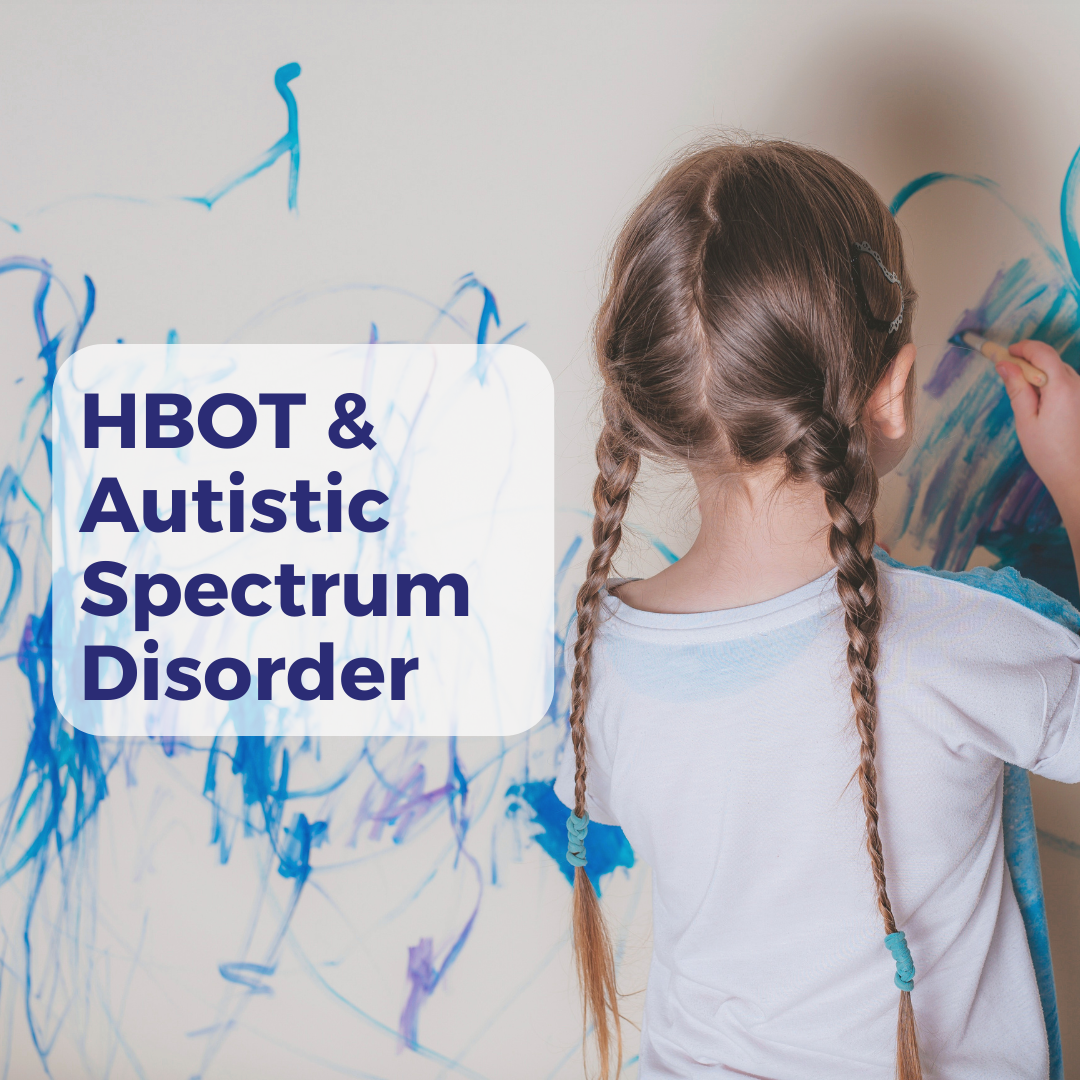
Unveiling the potential of hyperbaric oxygen therapy in autism treatment
Autism spectrum disorder (ASD) is a complex neurodevelopmental condition characterized by challenges in social interaction, communication, and repetitive behaviors. While there is no cure for autism, therapies like hyperbaric oxygen therapy (HBOT) are gaining attention for their potential to improve symptoms and quality of life for individuals with ASD.
Understanding Autism Spectrum Disorder:
Autism spectrum disorder encompasses a wide range of symptoms and severity levels, making it a highly heterogeneous condition. Core features of ASD include difficulties in social communication, sensory sensitivities, and restricted, repetitive behaviors. Early intervention and individualized support are essential in maximizing outcomes for individuals with autism.
The Science Behind Hyperbaric Oxygen Therapy:
HBOT involves breathing pure oxygen in a pressurized chamber, allowing oxygen to dissolve into the bloodstream at higher concentrations. This oxygen-rich environment promotes healing by reducing inflammation, enhancing cellular metabolism, and stimulating neuroplasticity—the brain’s ability to reorganize and form new connections.
Addressing Core Symptoms of Autism:
HBOT has shown promise in addressing core symptoms of autism:
- Improving Communication Skills: Communication difficulties are hallmark features of autism. HBOT may help improve language development, speech clarity, and expressive communication by enhancing neural connectivity and supporting language centers in the brain.
- Reducing Sensory Sensitivities: Individuals with autism often experience sensory sensitivities, such as hypersensitivity to noise or touch. HBOT’s calming effect on the nervous system may help reduce sensory overload and improve sensory integration, leading to increased comfort and reduced anxiety.
- Enhancing Social Interaction: Difficulty with social interaction is a significant challenge for individuals with autism. HBOT’s ability to modulate neurotransmitter levels and promote neuroplasticity may help enhance social cognition, empathy, and reciprocal communication skills.
- Managing Behavioral Issues: Repetitive behaviors and emotional dysregulation are common in autism. HBOT’s anti-inflammatory properties and neuroprotective effects may help mitigate behavioral issues and promote emotional stability by modulating neurotransmitter activity and reducing oxidative stress.
Clinical Evidence and Case Studies:
While research on HBOT for autism is ongoing, several studies and anecdotal reports suggest its potential efficacy. A randomized controlled trial published in BMC Pediatrics found that children with autism who received HBOT showed significant improvements in social interaction, communication, and behavior compared to controls. Additionally, numerous case studies and parent testimonials highlight the positive impact of HBOT on autism symptoms and overall well-being.
Incorporating HBOT into Autism Treatment Plans:
HBOT should be viewed as part of a comprehensive treatment approach for autism, alongside behavioral therapy, speech therapy, occupational therapy, and educational interventions. Collaboration between healthcare providers, including autism specialists and HBOT clinicians, is essential in developing individualized treatment plans tailored to the unique needs of each individual with autism.
Hyperbaric oxygen therapy holds promise as a complementary therapy in the treatment of autism, offering potential benefits in communication, sensory integration, social interaction, and behavior management. HBOT represents a valuable tool in the multidisciplinary approach to supporting individuals with autism and improving their quality of life. By integrating HBOT into comprehensive treatment plans, clinicians can enhance outcomes and empower individuals with autism to thrive in their communities.